How to Choose the Right Paint Mediums for You
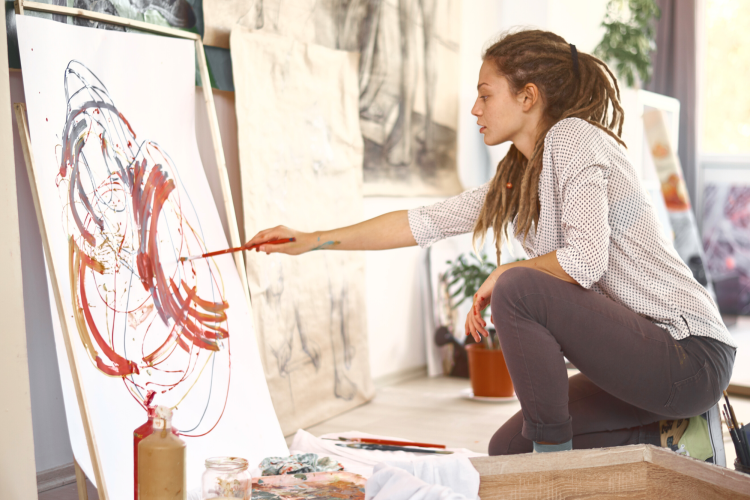
Whether you’re an experienced artist or brand new to the vast world of painting, there’s always new paint mediums and techniques waiting to be discovered. Have you ever played with adding a matte medium to your acrylic paints or gessoing your own canvas before painting with oil paints?
Maybe these terms are completely foreign to you — don't stress! Painting has proven to be an incredibly relaxing hobby. According to the Western Journal of Medicine, "Art as a language of therapy...uses all of our capacities to find a more successful resolution to our difficulties." So if you are thinking about getting started, there is no time like the present.
If you’re new to painting, this article will help you understand the basics of paint mediums and the various alternatives available to work with. If you’re a seasoned painter, experimenting with different paint mediums adds variety to your portfolio and can even improve your work in your medium of choice. The universe of painting is always expanding, so no artist will ever get bored with the options before them.
Jump to Section
- Get to Know Different Paint Mediums
- What Is a Medium in Art?
- Types of Art Mediums
- Acrylic Paint Mediums
- Oil Paint Mediums
- Watercolor Paint Mediums
Get to Know Different Paint Mediums
While this article is filled with information to help you understand different types of art mediums, it can also be beneficial to learn more in an interactive class setting where you have access to an instructor and talented artist who can answer any specific questions you may have. A class setting also allows you personal feedback and tips on becoming the best painter you can be.
Painting classes and online painting classes are a wonderful way to learn more about the various types of paint for art, paint mediums, brushes and techniques from a local studio or in the comfort of your home. Paint classes offer high-quality instructions and advice. They’re fun, engaging and the best way for beginners to get a head start in the art world! Get started by exploring painting classes near you.
Who says you can't master paint mediums while sipping your favorite beverage? You can find fun, relaxing paint and sip experiences near you. Gather friends for a paint-night social or learn something new on a date night out by checking out paint and sip in San Diego, paint and sip in Boston, paint and sip in Chicago, and beyond.
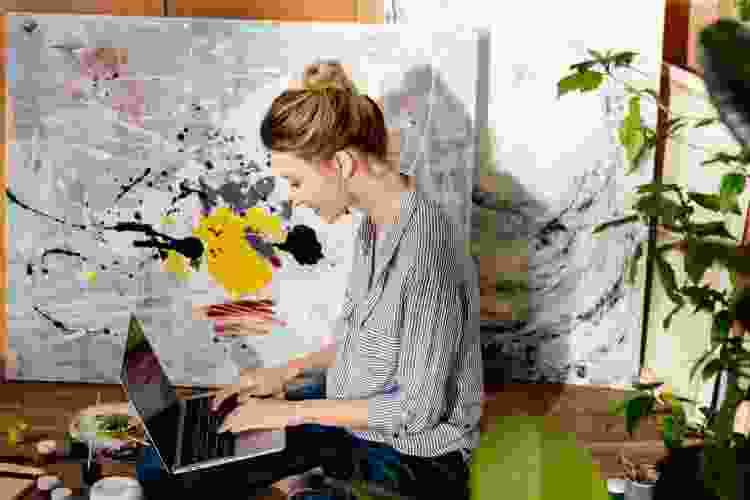
What Is a Medium in Art?
So what does a “medium in art” mean? There’s no one correct answer, because there’s many different medium art definitions. The term medium in art can refer to the various utensils used to create art and the different types of paint, such as oil, acrylic, watercolor, or even natural pigments like those used in cave paintings. But it can also refer to the base for the paint such as wood or canvas, or mediums that are used to change the paints texture or consistency.
In the art world, the term commonly refers to additives — substances that are mixed into the paint to alter variables such as drying time, thickness and finish. This is where things can get more complicated. Oil, acrylic and watercolor paints are perfectly fine to use as they are; however, an artist can get more out of their paints and create a plethora of effects by using different mediums and additives to alter drying time, consistency and texture.
Types of Art Mediums
Vaguely speaking, medium refers to what the artist is using to create their work and can be describing utensils such as pencils or pastels, types of paints or different supports.
Oil Paint
Oil paint is famous for being thick and slow drying. Other mediums can be added to thin oil paints or increase drying time, but typically artists enjoy the thickness of this medium that can be layered to add texture and dimension to paintings and even used to mask mistakes. When you think of famous paintings in art museums such as the works of Van Gogh or Monet, they were created using oil paint. Oil paintings, especially those with thick, heavy layers of paint, can take months to years to dry and never fully cure, so always be careful when handling an oil painting. Oil paint can also potentially crack over time.
Watercolor Paint
Another favorite among beginners, watercolors are fun and easy, but they can also be used to create complex pieces. Watercolor paints are incredibly fast drying so artists typically work in many layers, letting each layer dry quickly before starting the next. Because these types of paint are water-soluble, layers can be altered even after drying or even wiped away with a clean towel. It’s best to use a thick paper designed for watercolors, because too much water can create wrinkles or even tears in the surface.
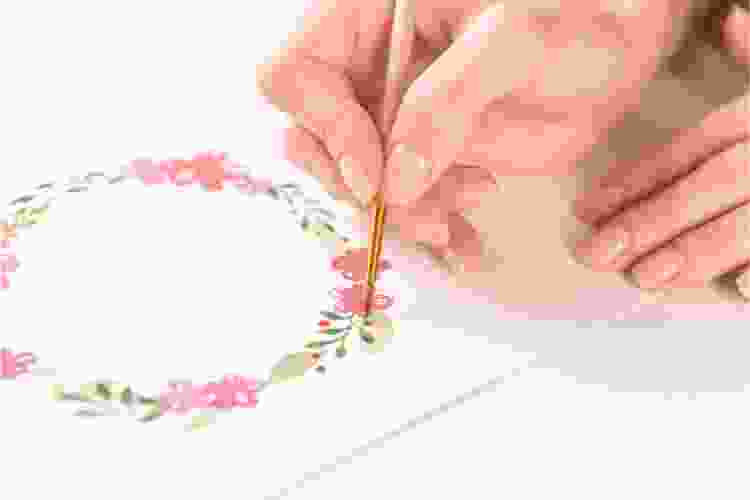
Acrylic Paint
Acrylic paint is what many new painters use to begin painting. Acrylic paints are the favorite among crafters and are typically non-toxic which makes them a safe choice for even the youngest painters. This type of paint is traditionally fast drying and thin; however, thicker, slow-drying versions are available to imitate oil paints. Acrylic paint can be used on a variety of surfaces and alongside other mediums, making it the most versatile option of paint mediums.
Mixed Media
Mixed media is another term you’re likely to run into while meandering around an art gallery; it refers to an artist manipulating multiple different mediums to create a single piece. A sculpture artist may use metal and clay as well as acrylic paint to create a completely unique work. A painter may combine supports or work with paints as well as pencils or ink to complete a painting. Most artwork is created using multiple mediums.
Art Supports
Sometimes the term medium is used in reference to both the pigmented color as well as the support upon which it rests. For example, in an art gallery you may see the words “oil on canvas,” which is showcasing the mediums used both to create the painting as well as the support for the painting. A support refers to the base on which an artist creates their work.
Because art is entirely subjective, just about anything can be used as a support; however different paint mediums will hold better to different supports. For example, oil paint adheres best to canvas while watercolors work best on thick, absorbent paper. Acrylic paint is more versatile and can be used on anything from canvas and paper to fabrics, wood or glass.
Charcoal and Pastels
Charcoal and pastels are one of the most prefered mediums by artists who draw. They are versatile and easy to use, making them a great tool for beginners to practice with. They can get messy on your hands, but just like pencils and pens, they can be used in a mixed media style alongside other mediums.
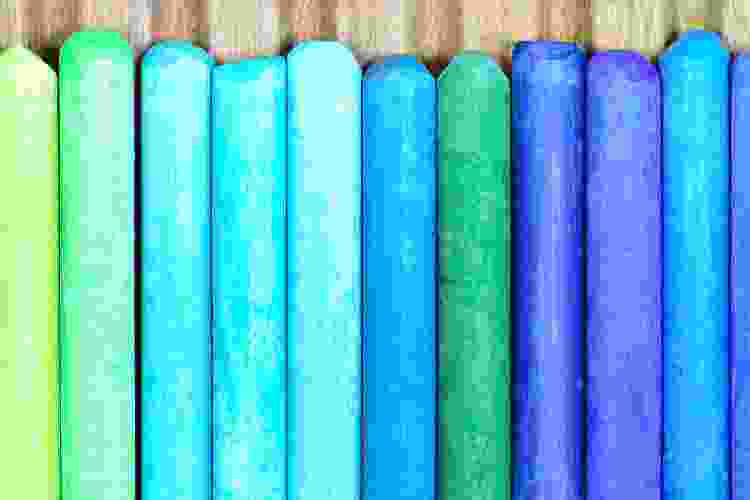
Graphite Pencils or Ink Pens
This is perhaps the most basic type of art medium, and for most people, the first medium they ever use. Pencils and pens can be used to create simple line drawings or intricate masterpieces by skilled drawers. They can also be used alongside other mediums such as oil pastels or watercolor paints to enhance the work. Colored pencils are another way to add depth to a piece. You can even use watercolor pencils, used to draw on paper and then smudge with water.
Acrylic Paint Mediums
Acrylic Paint Mediums That Alter Drying Time
Acrylic paints are typically fast drying, but you can add a retarding medium to slow down the drying time. Mixing a retarding medium, or fluid retarder, with acrylic paint will make the paint behave more like oil paint which allows painters to blend layers or mix colors directly on the canvas.
Acrylic Paint Mediums That Alter Consistency
Standard acrylic paint is water-based, and the most common additive to thin this type of paint is water. Gloss mediums also thin acrylic paints which makes them more translucent and glossy. Gloss mediums also enhance the colors.
Glazing mediums, or glazing liquid, create a similar effect as they also lower the paint's viscosity. Matte medium has the opposite effect as it balances out the natural gloss of acrylic paint. Gel medium thickens acrylic paint giving it a consistency more like that of oil paint mediums.
Acrylic Paint Mediums That Alter Texture
There are seemingly endless options for texture gels that can be used alongside acrylic paint to create various textures from gritty, sandpaper to a thick clay-like texture that holds brushstrokes.
Modeling paste is similar to a gel medium, except it hardens on the support. Modeling paste can be heavily applied to create more dimension in a work and a texture that resembles an oil painting.
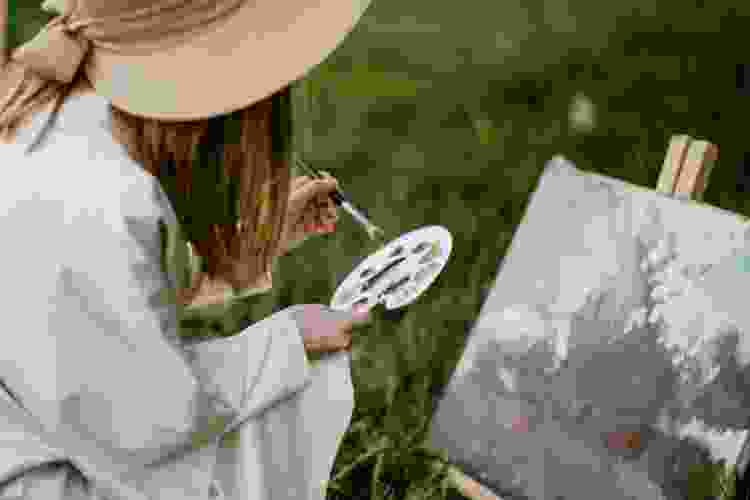
Oil Paint Mediums
Oil Paint Mediums That Alter Drying Time
When learning how to start oil painting, know that oil paints already take an incredibly long time to dry when compared with other paint mediums. If you’d like them to take even longer to dry, you can mix in linseed oil or a synthetic alternative that mimics linseed oil. Mix paints with turpentine to get a quicker drying time.
Oil Paint Mediums That Alter Consistency
Both turpentine and linseed oil can also be used to thin oil paints, which is a great technique for base layers. Mineral spirits are another option to dilute oil paints. They are less pungent than turpentine, while creating similar results. Both are also helpful when cleaning oil paint from brushes and knives.
Oil Paint Mediums That Alter Texture
Before starting any oil painting, you want to make sure your support has a few layers of gesso. Gesso gives a base for oil paint to latch onto and creates an even spread of paint.
Gesso is most commonly white, but you can purchase black or gray gesso depending on your project. Most store-bought canvases come already gessoed.
Impasto medium can be mixed with oil paints to create even more definition and really show off visible brushstrokes like those of the Impressionists.
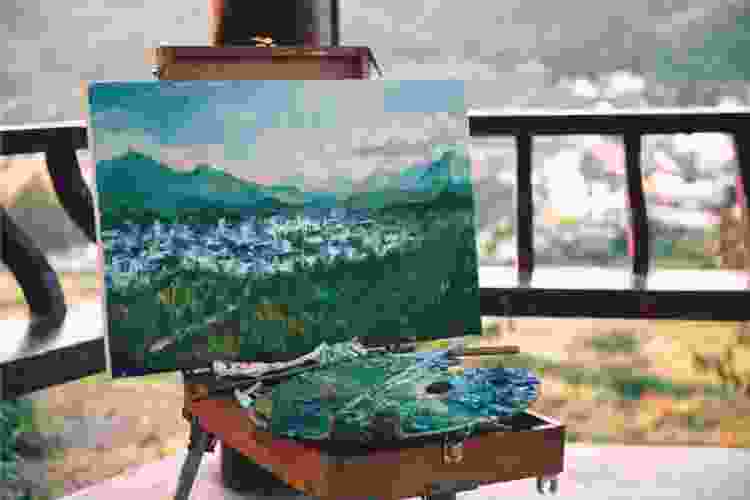
Watercolor Paint Mediums
Watercolor Paint Mediums That Alter Drying Time
Watercolors typically dry very fast, and, in dry environments, they can even dry before you touch brush to paper. Of course, water can be used both on the brush and the paper to thin the paint and keep it from drying out, but there are other watercolor paint mediums that can be used to keep the paint fluid for longer.
You may want to add gum arabic to make watercolors dry slower. Blending medium is another option to slow down drying and allow more time to blend colors and manipulate the paint. Honey can also be added to watercolors in tiny amounts to achieve a slower drying time and increase brightness and natural shine.
Watercolor Paint Mediums That Alter Consistency
Aquapasto is a clear gel that thickens watercolors when added and can be used to create an impasto effect, a look you would otherwise be unable to achieve with watercolor paints.
Ox gall, on the other hand, is a watercolor medium used to thin and increase the flow of the paint. This creates a smooth look and may help your support absorb water.
Watercolor Paint Mediums That Alter Texture
Modeling paste can be used with watercolors to create a three-dimensional effect for you to work on. While the majority of watercolor paints apply smoothly, some pigments naturally granulate.
To mimic granular texture in other pigments, you can add a granulation medium to add detail and texture to your work. Lifting medium can be added to pull pigments from a piece and reveal the layers underneath.
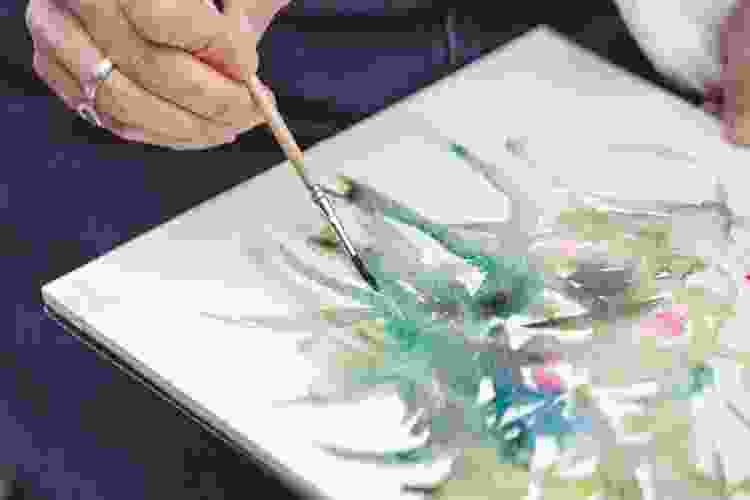
Now that you know a little bit more about art mediums, it’s time to dig into your craft box, head to the art store, or sign up for painting classes in NYC or a city near you, and get started on some paintings of your own!
Painting is a fun, relaxing hobby as well as a serious career, and it’s never too late to practice working in a different medium or with new additives. With so many different products out there, there’s no limit on what you can create.
For even more information on paint mediums and fun painting ideas, check out experiences happening on Classpop!

